WHAT IS PASSOVER?
Passover (Hebrew: Pesach) is an eight-day* springtime holiday celebrated in the Hebrew month of Nissan, which falls in March or April. The festival commemorates the liberation of the Israelites from slavery, when God brought us out of Egypt “with a strong hand and an outstretched arm, with signs and with wonders.” (Deut. 4:34) The highlight of Passover is the seder, a family-centered ritual and festive meal that takes place on the first and second nights of the holiday.

The miraculous exodus of the Jewish people is described in the Bible. The Jews were slaves in Egypt for 116 years, suffering under backbreaking labor and severe persecution. God heard their cries and sent Moses to deliver a message to Pharaoh: “Send forth My people, so that they may serve Me.” (Ex. 7:16) Pharaoh refused to let his Hebrew slaves leave, despite multiple warnings. God then afflicted Egypt with ten terrible plagues that destroyed their animals and crops and culminated with the killing of the firstborn. The holiday is called Passover because God passed over the Jewish homes when striking down the Egyptian firstborn on the eve of the exodus.
Finally Pharaoh was brought so low that he practically chased the Israelites out of the land. The former slaves left in such a hurry that there was no time for the bread they prepared for their journey to rise. 600,000 adult males left Egypt (Ex. 12:37) and including women and children, it is estimated that three million Jews were liberated. Moses told the people, “Remember this day, when you went out of Egypt, for with a mighty hand, the Lord took you out of here, and [therefore] no leaven shall be eaten.” (Ex. 13:3).
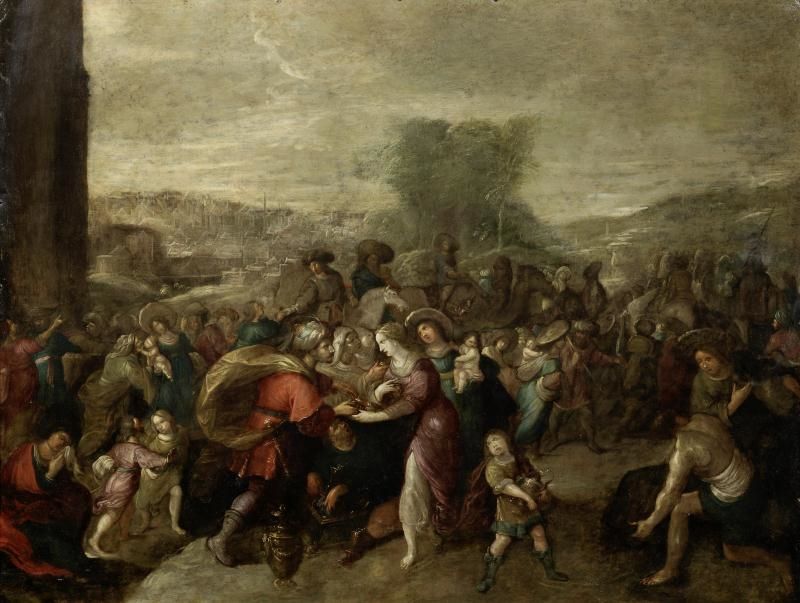
The first two days and last two days are full-fledged holidays. We light candles, recite kiddush (blessing over wine), and enjoy festival meals for both lunch and dinner. These days are similar to Shabbat, when we are prohibited from mundane activities like work, shopping, using a car or electronics. Unlike Shabbat however, we can cook on these days (from an existing flame.)
The intermediate days (“chol hamoed”) are semi-holidays, when most forms of work are permitted. When possible it’s ideal to refrain from work even on these days but there are no restrictions on driving, electronics, or shopping.
During the time of the Holy Temple, Passover was one of three pilgrimage festivals when all Jewish men were obligated to travel to Jerusalem with a sacrificial offering which was burnt on the altar by the Kohen (priest).
* Seven days in Israel
🧹 HOW DO WE GET READY?
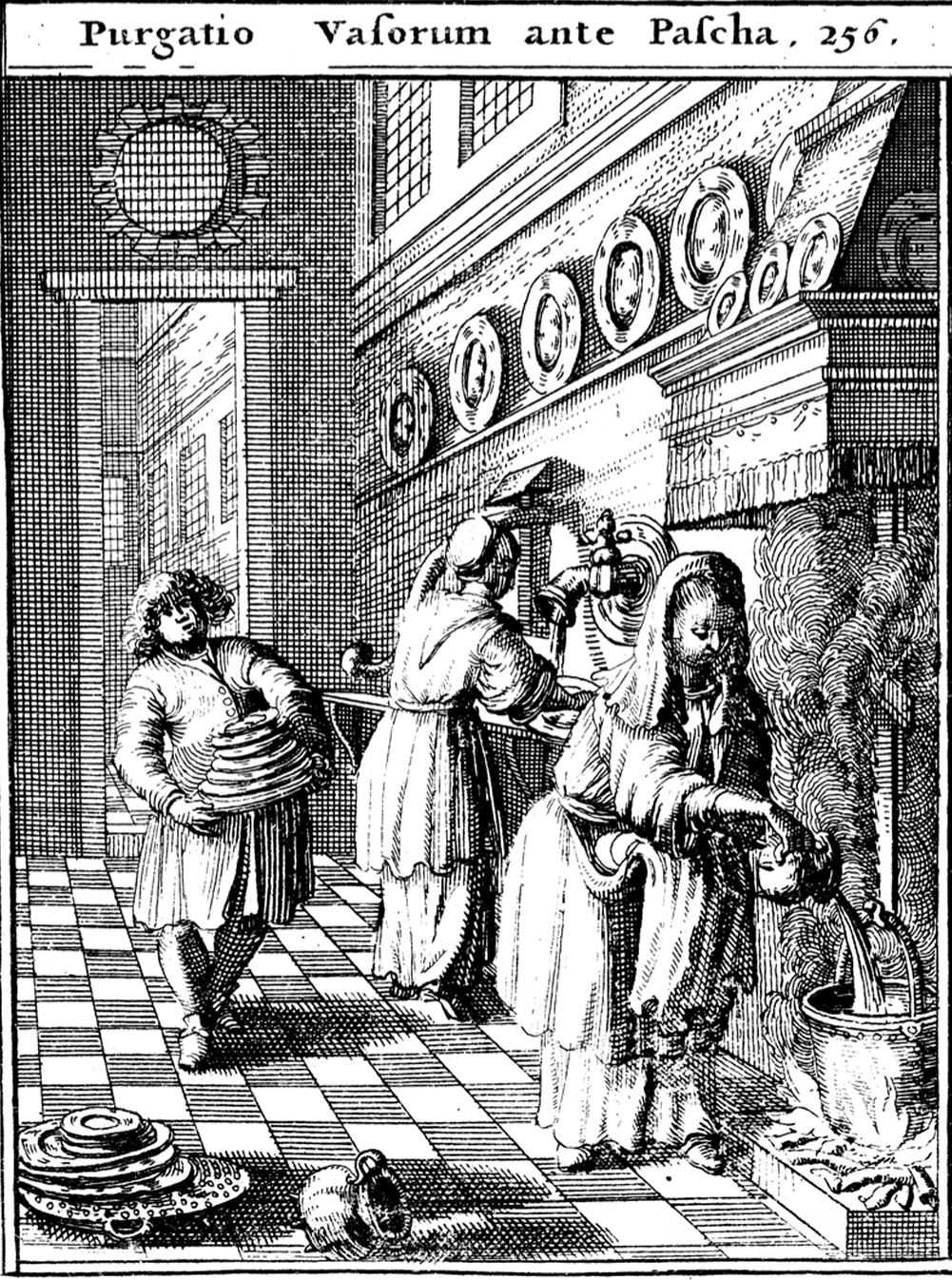
God commanded us to commemorate the exodus by eating only unleavened (flat) bread, just like we did on the way out of Egypt. For eight days we cannot consume or even own the slightest trace of “chametz” (leavened grain). This requires extensive preparation to rid our homes of every last crumb! The deep-cleaning process usually starts at least two weeks before the holiday begins, as Jews frantically deep-clean their homes to remove any food or drink that contains even a tiny amount of leavened wheat, barley, oats, rye or spelt.
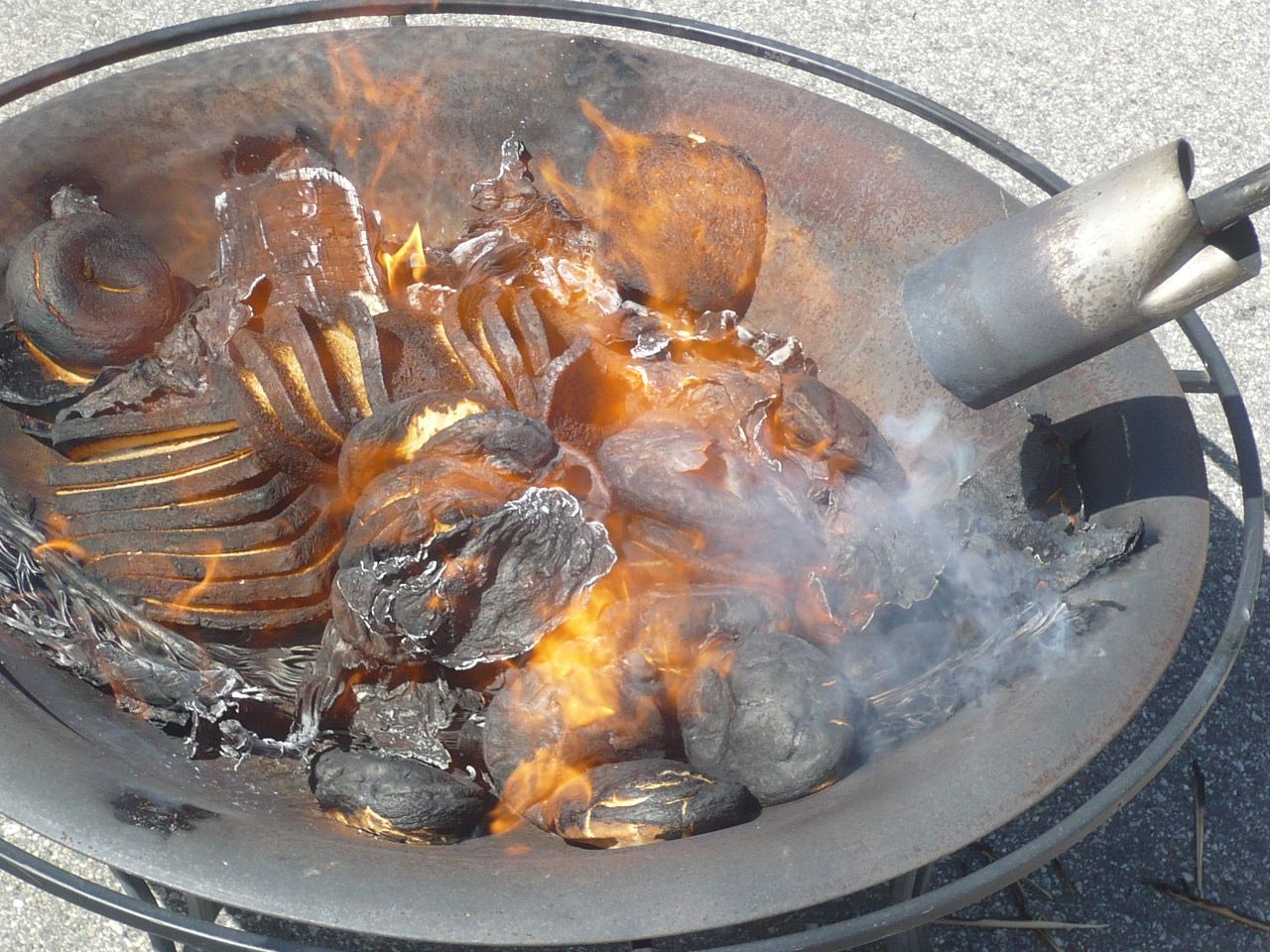
The night before Passover begins we do the final search by candlelight to make sure we’ve found all the chametz. The final step in the preparation process takes place on the morning before the holiday starts, when we burn our last remaining bits of chametz. If there is chametz we cannot dispose of, for example good scotch, we sell it to a non-Jew and purchase it back after Passover.
🫓 WHAT IS MATZOH?
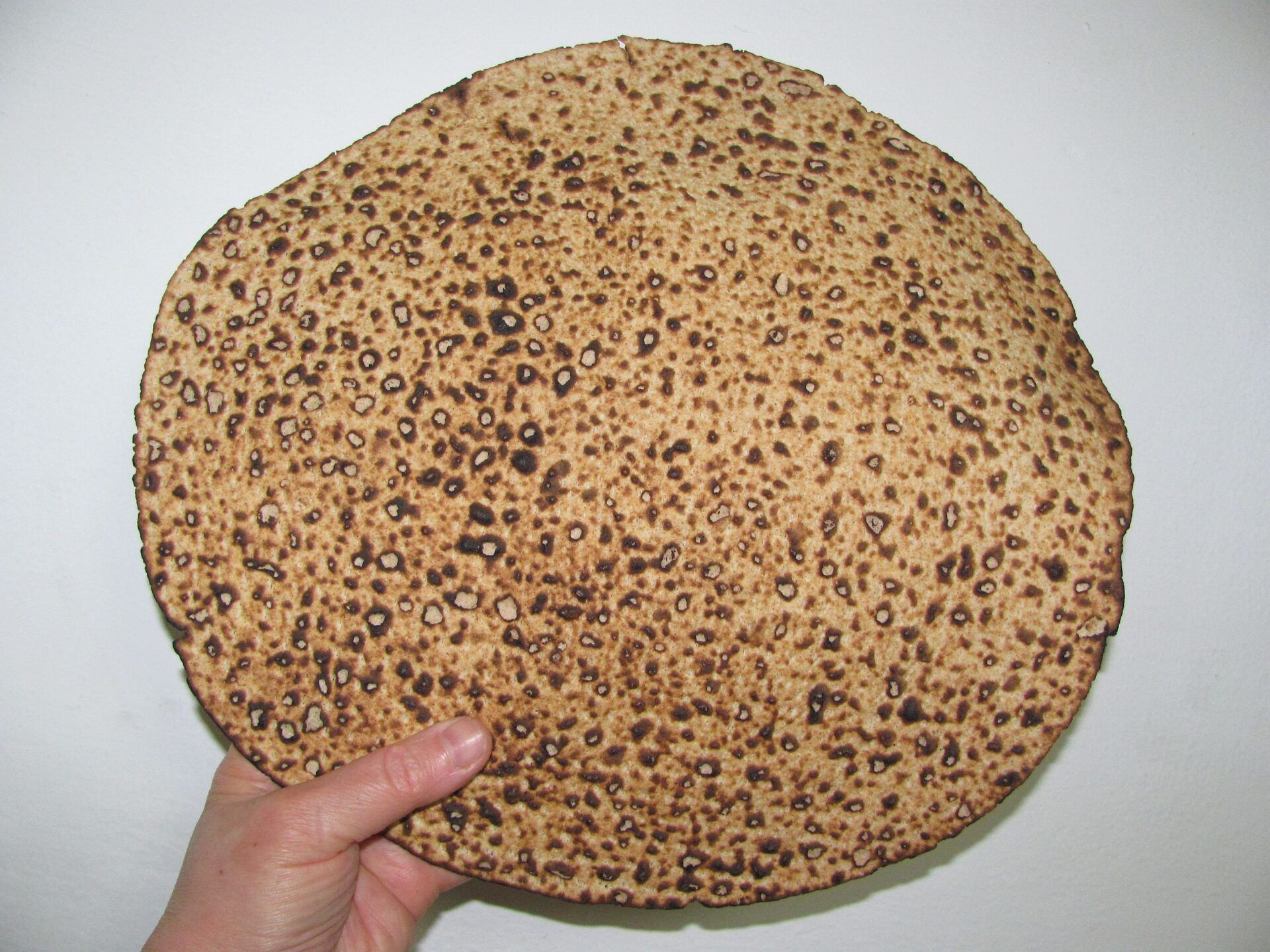
Matzoh is an unleavened large cracker that we eat instead of bread. It is made of just two ingredients, flour and water, which are rapidly mixed together and put in the oven before the dough has a chance to rise. Matzoh is the primary food we eat at the seder and is known as the “bread of affliction.”
Most matzoh is square and factory-made, but especially at the seder it is preferable to eat round, handmade “shmura” matzoh that is watched from the moment of harvesting the wheat. Shmura matzoh is most similar to the matzoh that the Israelites ate on their way out of Egypt.
🍽️ WHAT’S A SEDER?

Passover begins with the Seder, an extended recounting of the Exodus story followed by a festive meal. We read the Seder liturgy from a booklet called the Haggadah. Traditionally the Haggadah is recited in Hebrew by the head of the family, but today many diaspora Jews who don’t know Hebrew conduct the seder in their mother tongue, often going around the table to give everyone a turn to read. We drink four cups of wine (or grape juice), celebrating our freedom.
On the table is the Seder plate, containing special foods with ritual significance:
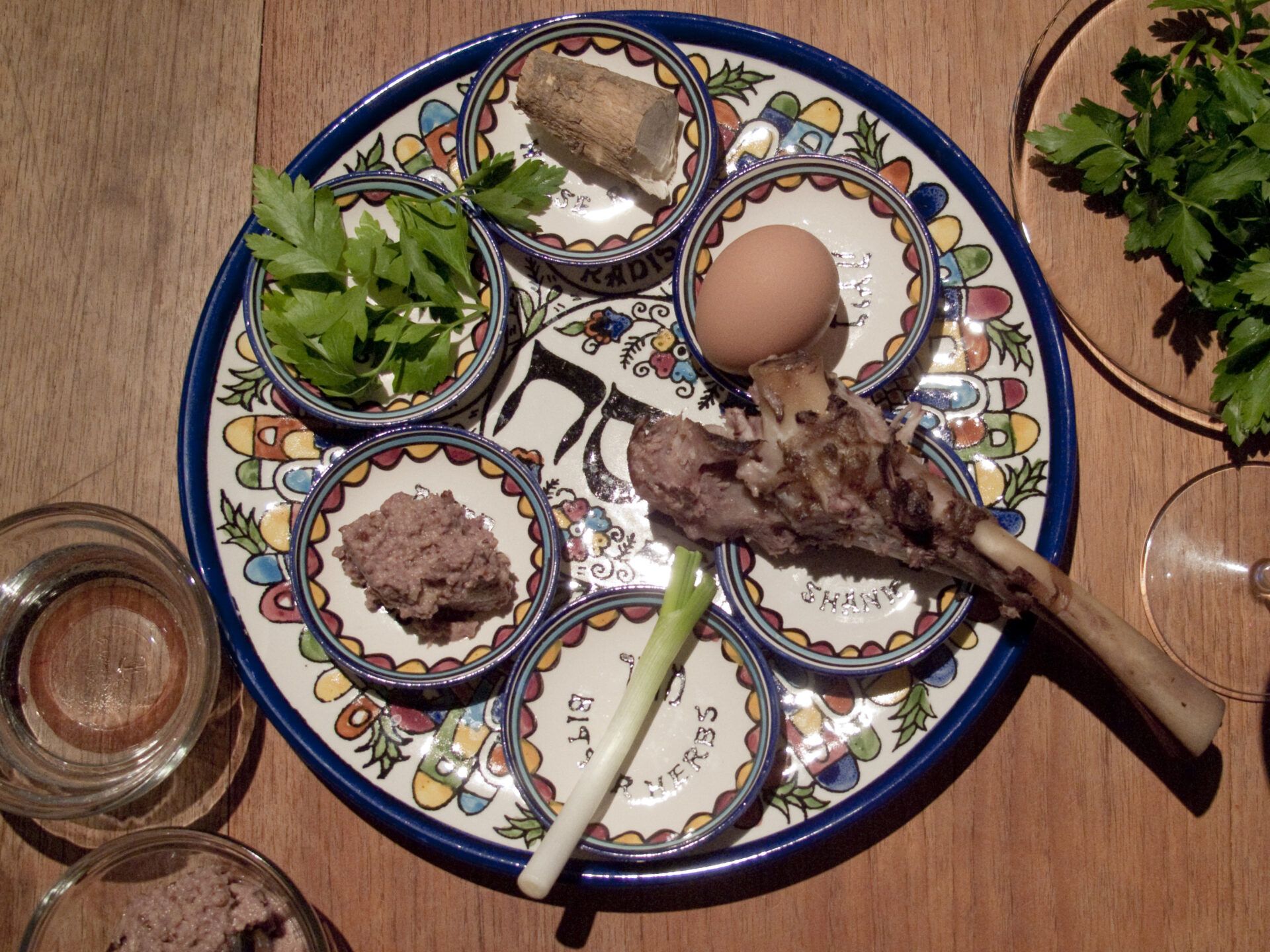
Seder plate
Maror, bitter horseradish to remind us of the bitterness of bondage.
Chazeret, other bitter herbs (often romaine lettuce or green onion).
Shankbone, to represent the lamb that was the special paschal sacrifice on the eve of the exodus.
Roasted egg, to commemorate the pre-holiday offering that was brought in the time of the Holy Temple.
Charoset, a sweet paste that resembles the mortar used to build bricks for the Egyptian taskmasters.
Karpas, parsley (some use potato or another vegetable) that is dipped in saltwater, symbolizing the Jewish slaves’ tears.
🥔 WHAT IS THERE TO EAT DURING PASSOVER??
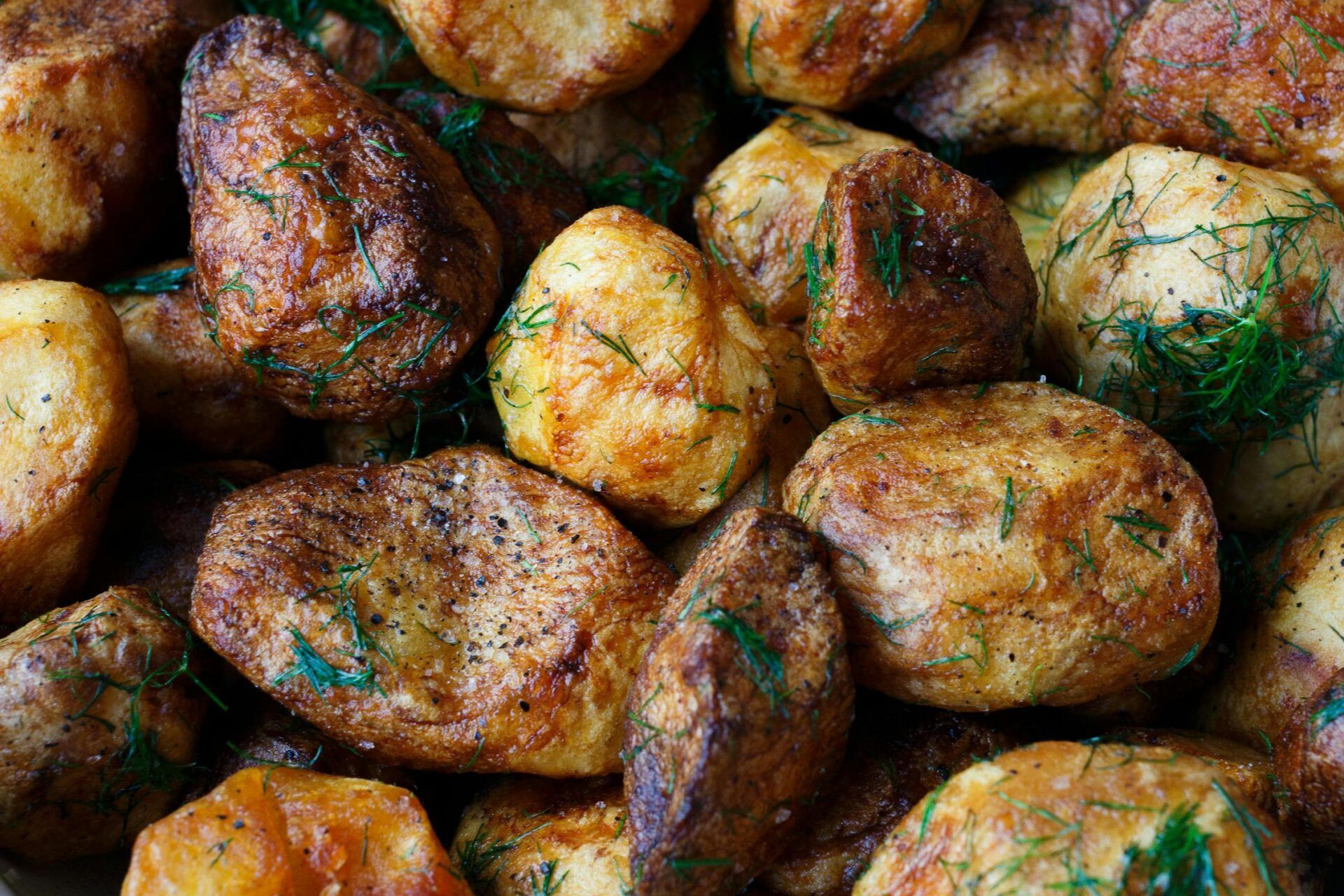
Foods that are forbidden on Passover include bread, cake, cookies, pasta, cereal, and beer. Ashkenazi Jews also refrain from eating kitniyot (lit. legumes) a category which includes beans, corn, rice, peas, green beans, sunflower sees, peanuts and certain other foods, while Sephardic and Mizrachi Jews do not observe that stringency. Fruits, vegetables, meat, fish and potatoes are some foods that are permitted, as long as they are prepared in a kosher-for-Passover kitchen. Some families have the custom to eat only home-cooked food during the holiday. Each year the Orthodox Union and other organizations publish a comprehensive list of packaged foods that are kosher for Passover.
Main image: Crossing of Red Sea, 1356
🤗 Sign up for our free weekly newsletter!
❤️ Support our work and dedicate a holiday post to the healing/honor/memory of a loved one.
📱NEW! Accidental Talmudist App now available for Apple and Android!